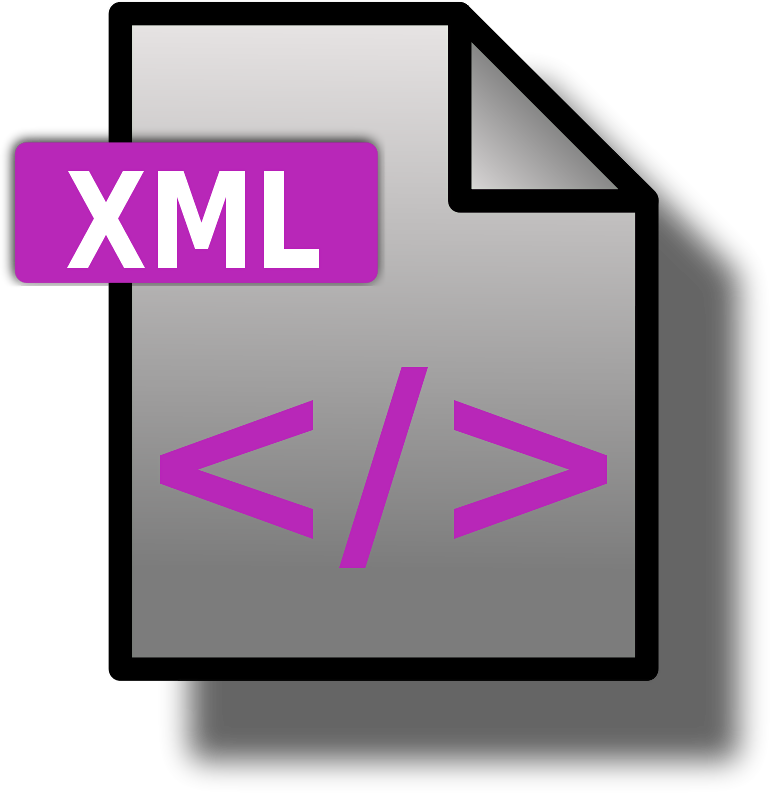Detailed introduction to XMLHTTP objects
1. Background In today’s websites, there are more and more access channels, and the technology is becoming more and more advanced, such as WAP, SMS, EMAIL, traditional Web, Socket, etc. If even databases and LDAP are In terms of access, the space that needs to be expanded in the design must be very good to ensure that when adding new channels, no more code modifications or even code changes are required. But is it possible? It is impossible to think about it, but is there any way to better solve the perfection of this multi-channel access framework? 2. Architecture When all the existing accesses have been used, the designers are dazzled. If it is to get a share, then these programs can be written in any way, and they can definitely be implemented, but it will be difficult to maintain. It's more painful, but let's go back to the question, how can we achieve more perfection? During the architectural discussion of the project team, the idea of routing was raised. The core of connecting all these channels is the XMLRouter, the head of the octopus. The role of the Router here is to communicate with all channels, realize data routing, and strive for the scalability and flexibility of the system in the architecture. The benefits will be many. It is called XMLRouter because if it is not
Introduction: In fact, the main purpose of writing this article is to show a framework I applied when doing a project in Switzerland last year for everyone to share, but I am a little worried My expressive ability cannot express the ideas I used in it well 2.
2.
Introduction: In today’s websites, there are more and more access channels, and the technology is becoming more and more advanced. , WAP, SMS, EMAIL, traditional Web, Socket, etc. If even databases and LDAP are considered to be connected, then the space that needs to be expanded in the design must be very good to ensure that new channels are added. In this case, there is no need to modify the code more or even no changes to the code.
 【Related Q&A recommendations】:
【Related Q&A recommendations】:
The above is the detailed content of Detailed introduction to XMLHTTP objects. For more information, please follow other related articles on the PHP Chinese website!

Hot AI Tools

Undresser.AI Undress
AI-powered app for creating realistic nude photos

AI Clothes Remover
Online AI tool for removing clothes from photos.

Undress AI Tool
Undress images for free

Clothoff.io
AI clothes remover

Video Face Swap
Swap faces in any video effortlessly with our completely free AI face swap tool!

Hot Article

Hot Tools

Notepad++7.3.1
Easy-to-use and free code editor

SublimeText3 Chinese version
Chinese version, very easy to use

Zend Studio 13.0.1
Powerful PHP integrated development environment

Dreamweaver CS6
Visual web development tools

SublimeText3 Mac version
God-level code editing software (SublimeText3)

Hot Topics
 1655
1655
 14
14
 1414
1414
 52
52
 1307
1307
 25
25
 1255
1255
 29
29
 1228
1228
 24
24
 Securing Your XML/RSS Feeds: A Comprehensive Security Checklist
Apr 08, 2025 am 12:06 AM
Securing Your XML/RSS Feeds: A Comprehensive Security Checklist
Apr 08, 2025 am 12:06 AM
Methods to ensure the security of XML/RSSfeeds include: 1. Data verification, 2. Encrypted transmission, 3. Access control, 4. Logs and monitoring. These measures protect the integrity and confidentiality of data through network security protocols, data encryption algorithms and access control mechanisms.
 Advanced XML/RSS Tutorial: Ace Your Next Technical Interview
Apr 06, 2025 am 12:12 AM
Advanced XML/RSS Tutorial: Ace Your Next Technical Interview
Apr 06, 2025 am 12:12 AM
XML is a markup language for data storage and exchange, and RSS is an XML-based format for publishing updated content. 1. XML defines data structures, suitable for data exchange and storage. 2.RSS is used for content subscription and uses special libraries when parsing. 3. When parsing XML, you can use DOM or SAX. When generating XML and RSS, elements and attributes must be set correctly.
 RSS Document Tools: Building, Validating, and Publishing Feeds
Apr 09, 2025 am 12:10 AM
RSS Document Tools: Building, Validating, and Publishing Feeds
Apr 09, 2025 am 12:10 AM
How to build, validate and publish RSSfeeds? 1. Build: Use Python scripts to generate RSSfeed, including title, link, description and release date. 2. Verification: Use FeedValidator.org or Python script to check whether RSSfeed complies with RSS2.0 standards. 3. Publish: Upload RSS files to the server, or use Flask to generate and publish RSSfeed dynamically. Through these steps, you can effectively manage and share content.
 Is There an RSS Alternative Based on JSON?
Apr 10, 2025 am 09:31 AM
Is There an RSS Alternative Based on JSON?
Apr 10, 2025 am 09:31 AM
JSONFeed is a JSON-based RSS alternative that has its advantages simplicity and ease of use. 1) JSONFeed uses JSON format, which is easy to generate and parse. 2) It supports dynamic generation and is suitable for modern web development. 3) Using JSONFeed can improve content management efficiency and user experience.
 XML's Advantages in RSS: A Technical Deep Dive
Apr 23, 2025 am 12:02 AM
XML's Advantages in RSS: A Technical Deep Dive
Apr 23, 2025 am 12:02 AM
XML has the advantages of structured data, scalability, cross-platform compatibility and parsing verification in RSS. 1) Structured data ensures consistency and reliability of content; 2) Scalability allows the addition of custom tags to suit content needs; 3) Cross-platform compatibility makes it work seamlessly on different devices; 4) Analytical and verification tools ensure the quality and integrity of the feed.
 From XML to Readable Content: Demystifying RSS Feeds
Apr 11, 2025 am 12:03 AM
From XML to Readable Content: Demystifying RSS Feeds
Apr 11, 2025 am 12:03 AM
RSSfeedsareXMLdocumentsusedforcontentaggregationanddistribution.Totransformthemintoreadablecontent:1)ParsetheXMLusinglibrarieslikefeedparserinPython.2)HandledifferentRSSversionsandpotentialparsingerrors.3)Transformthedataintouser-friendlyformatsliket
 From XML/RSS to JSON: Modern Data Transformation Strategies
Apr 05, 2025 am 12:08 AM
From XML/RSS to JSON: Modern Data Transformation Strategies
Apr 05, 2025 am 12:08 AM
Use Python to convert from XML/RSS to JSON. 1) parse source data, 2) extract fields, 3) convert to JSON, 4) output JSON. Use the xml.etree.ElementTree and feedparser libraries to parse XML/RSS, and use the json library to generate JSON data.
 Building Feeds with XML: A Hands-On Guide to RSS
Apr 14, 2025 am 12:17 AM
Building Feeds with XML: A Hands-On Guide to RSS
Apr 14, 2025 am 12:17 AM
The steps to build an RSSfeed using XML are as follows: 1. Create the root element and set the version; 2. Add the channel element and its basic information; 3. Add the entry element, including the title, link and description; 4. Convert the XML structure to a string and output it. With these steps, you can create a valid RSSfeed from scratch and enhance its functionality by adding additional elements such as release date and author information.




